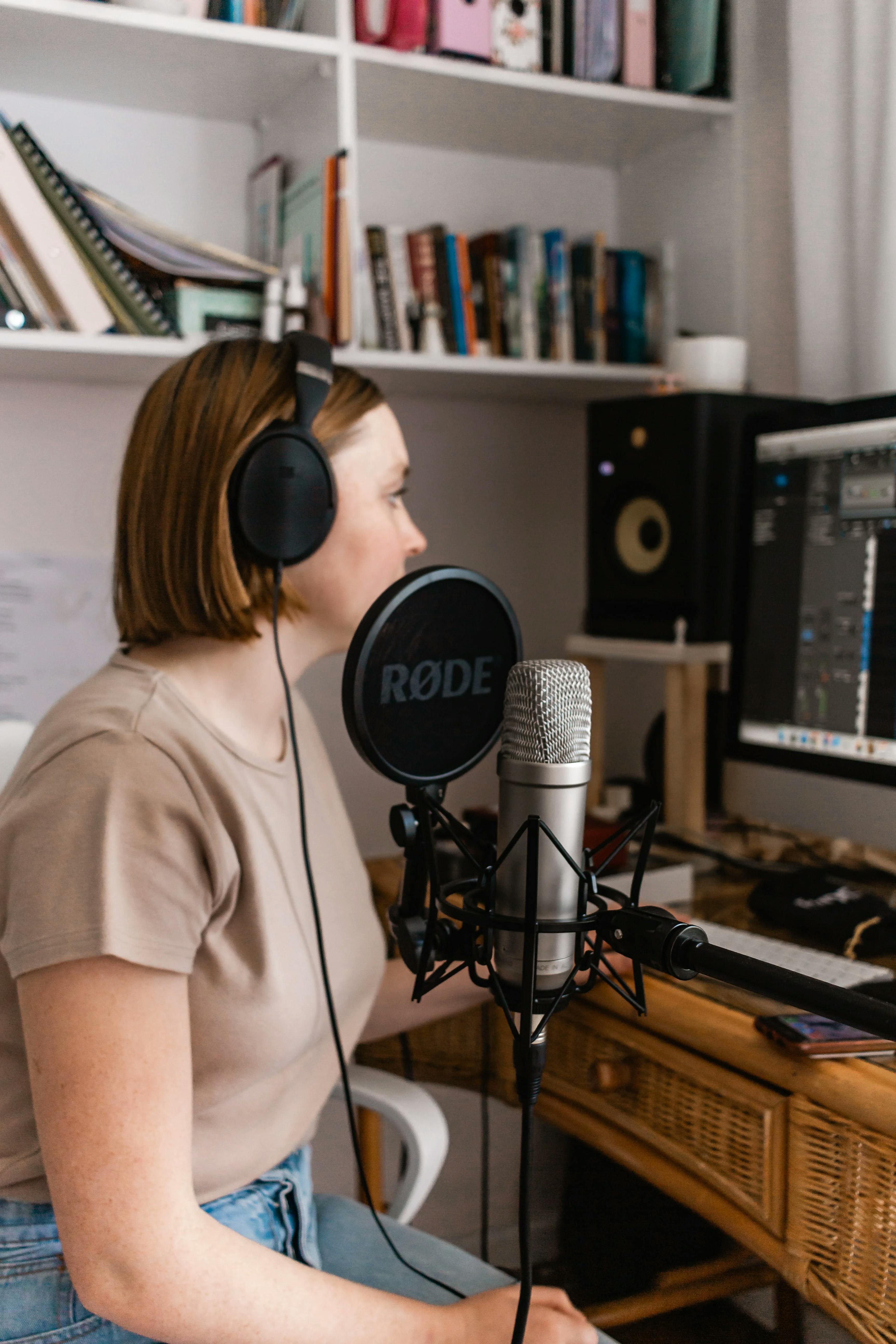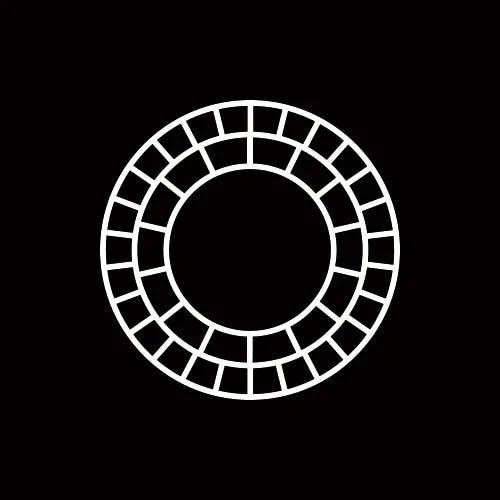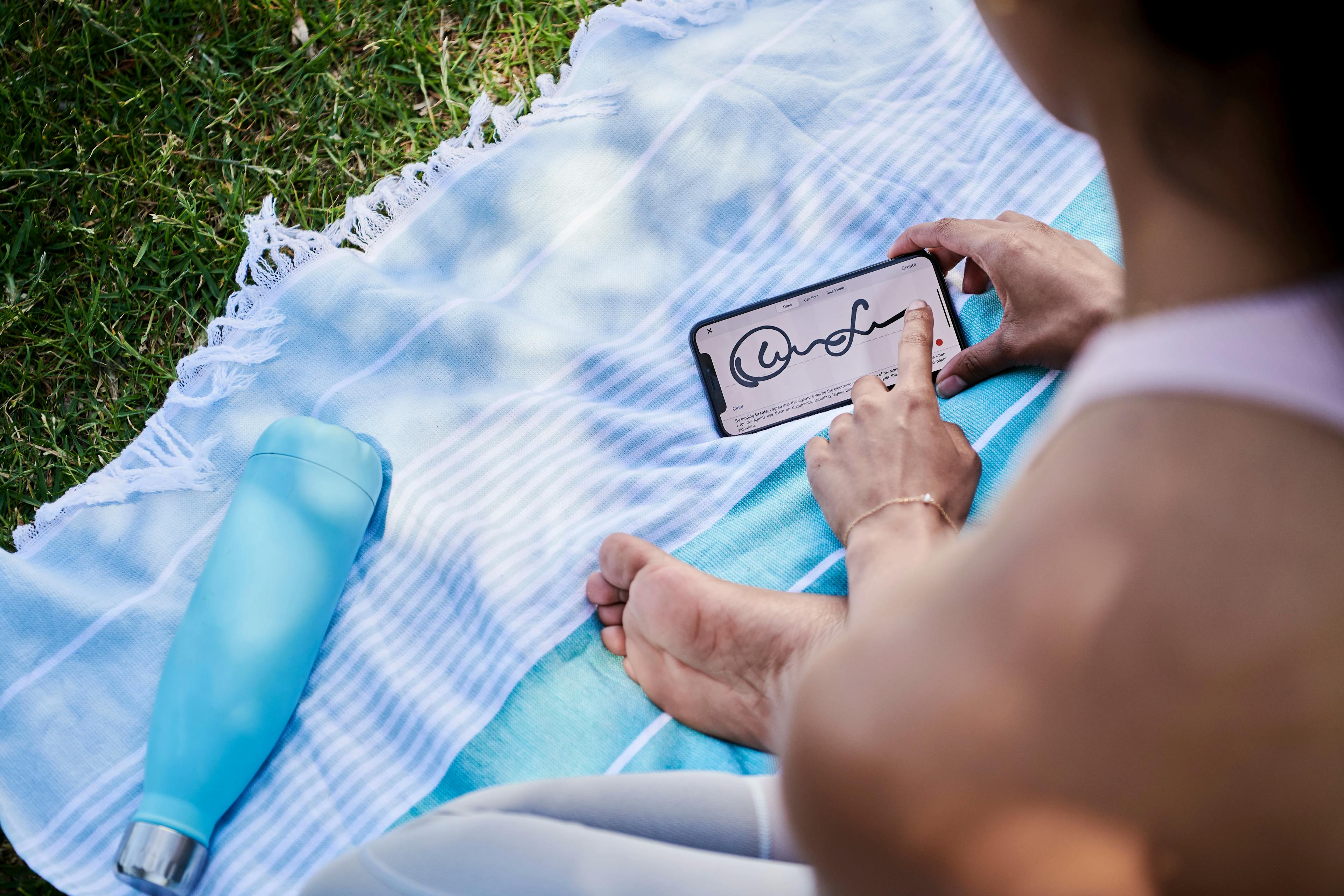How to Avoid Copyright on YouTube: Pro Tips for Creators
Learn vital tips for avoiding copyright issues on YouTube, ensuring your channel stays safe and your content uninterrupted.

If you're a member of Gen Z and you're interested in creating your own podcast, you're not alone. Podcasting has exploded in popularity in recent years, and it's no wonder why. With more than 80 million people in the US alone tuning in to podcasts every week, it's clear that podcasts have become a new medium for content creators to connect with their audience.
If you're ready to join the ranks of podcast creators, you've come to the right place. In this guide, we'll cover everything you need to know about starting your own podcast. From choosing the right equipment to distributing your podcast, we'll provide a step-by-step approach to getting your podcast off the ground.
Before we dive into the nitty-gritty of creating a podcast, let's take a moment to talk about why you might want to start a podcast in the first place.
For starters, podcasting is a fantastic way to reach new audiences and build your brand. Podcasts are a relatively low-lift way to create content that can help you build a loyal following. Additionally, podcasting is a great way to share your knowledge and expertise with the world. If you're an expert in your field, podcasting can be an excellent way to share your insights with others.
Now that we've covered the why, let's move on to the how. The first thing you'll need to start a podcast is equipment. Here's a breakdown of the essential equipment you'll need to get started:
The most critical piece of equipment you'll need for your podcast is a microphone. A high-quality microphone is essential to ensure that your audio is clear and easy to understand.
There are a few different types of microphones to choose from, including USB and XLR microphones. USB microphones are generally easier to use and more affordable, making them a great choice for beginners. XLR microphones, on the other hand, are more professional and offer better sound quality.
If you're using an XLR microphone, you'll also need an audio interface. An audio interface is a device that converts the analog signal from your microphone into a digital signal that your computer can understand.
In addition to a microphone and an audio interface, you'll also need a good pair of headphones. Headphones are essential for monitoring your audio and ensuring that everything sounds the way it should.
Finally, you'll need software to record and edit your podcast. There are plenty of options out there, from free options like Audacity to more professional software like Adobe Audition.
Once you have your equipment, it's time to start planning your podcast. Here are a few things to consider:
There are many different formats you can choose from for your podcast, including interviews, roundtable discussions, and solo shows. Consider what format will work best for your content and your audience.
Your topic is one of the most important decisions you'll make when starting a podcast. Think about what you're passionate about and what topics you're knowledgeable about. Choose a topic that will allow you to create a show that you're excited about.
The length of your podcast will depend on the format and the topic. Some podcasts are as short as 10 minutes, while others can run for several hours. Consider what length will work best for your content and your audience.
Finally, consider your podcast schedule. How often will you release new episodes? Will you have a set day and time for new releases, or will you release them as you finish them? Having a consistent schedule will help you build a loyal audience.
With your equipment and plan in place, it's time to start recording and editing your podcast. Here are a few tips to help you get started:
When recording your podcast, it's important to find a quiet space where you won't be interrupted. Background noise can be distracting and make it harder for your audience to hear and understand your content.
It can be challenging to record an entire episode of a podcast in one take. Instead, try recording in smaller chunks and piecing them together later.
Editing is an essential part of producing a podcast. Take the time to edit your audio carefully, removing any mistakes or awkward pauses.
Once you've recorded and edited your podcast, it's time to distribute it to your audience. Here are a few ways to get your podcast out there:
There are many podcast hosting platforms available, such as Buzzsprout, Libsyn, and Podbean. These platforms allow you to host your podcast and distribute it to all major podcasting platforms.
In addition to hosting your podcast, you can also submit it to podcast directories such as Apple Podcasts, Spotify, and Google Podcasts. This will help you reach a wider audience and gain more subscribers.
Finally, don't forget to promote your podcast on social media and other channels. This will help you reach new listeners and build your audience.
Starting a podcast can be a fun and rewarding experience. With the right equipment, plan, and strategy, you can create a show that resonates with your audience and helps you build your brand. Whether you're a content creator or just someone looking to share your knowledge and expertise, podcasting is an excellent medium to explore.
Discover the latest expert tips and tricks on mastering social media strategies, honing your photing editing skills, and unleashing your creativity
Learn vital tips for avoiding copyright issues on YouTube, ensuring your channel stays safe and your content uninterrupted.
We have a list of 10 places to take pictures in Salt Lake City whether you’re a local or a tourist. They're even great whether you’re visiting during the day or night.
Find the perfect phot spots in Houston – America’s fourth-largest city to create shareable content for social platforms like Instagram, Pinterest, Twitter, etc.

Discover the truth about who can see who viewed your VSCO profile and how to see who viewed it. Get tips for increasing your VSCO views.
Find out if Instagram notifies users when you take a screenshot of their content. Learn how different Instagram features handle screenshots and how to manage your privacy.

Learn how to write on PDFs with ease! Follow these simple steps to add text, notes, and comments to your PDF documents. Perfect for students and professionals
Everything you need to make your photos stand out with our free photo editing tools